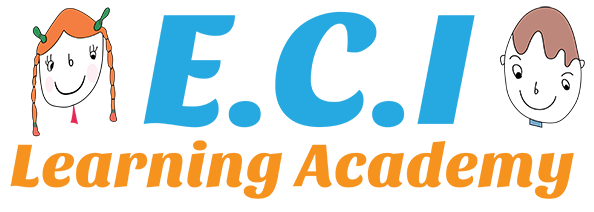
Some examples of activities with a clear ending include puzzles, a specific number of math problems, a specific number of pages to read, a timed event (e.g., the lesson will last ten minutes – set a timer), a specified way to complete a chore such as “Put ten toys in the bin.” or “Spray the window three times and use the paper towel to wipe the spots off,” a specific number of lines to write on the page for a writing assignment, etc. (visually defining the task is helpful as well; for example numbering the paper for a math assignment, using a visual timer or graphic organizer for a lecture, numbering the lines for a writing assignment, etc.).
Additionally, when the task has a clear visual ending, it eliminates the need for a timer. For instance, if the child is working on a 10 piece puzzle you can let him know what comes next (after you finish the puzzle, it is time for dinner) and no timer would be needed. This concept can be applied to anything with a clear visual ending (e.g., after you finish the ten math problems, you can go on the computer). Whether you are using a timer or giving an activity with a clear visual ending, give a break in between for the child to do something enjoyable if he gets overwhelmed or frustrated with lengthy tasks. For example, if the child is supposed to write 20 sentences for homework, let him write ten, take a 10 minute break to do a preferred activity, and then do the next ten. (set a timer or use another method to clearly indicate when the break is coming to an end, such as a countdown chart or a short task with a clear ending).
